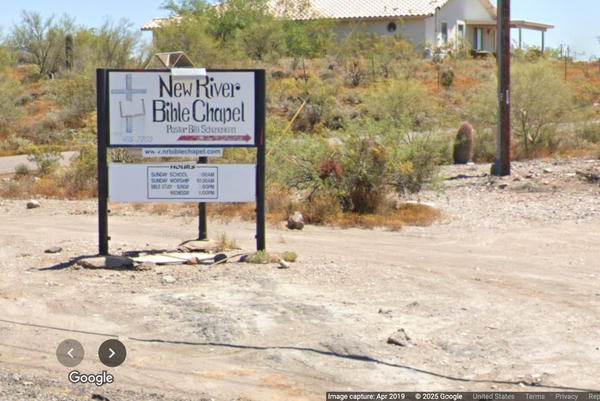Sept. 14--At this time of year, homeowners often are concerned when they see needles turning brown on evergreen trees and shrubs. But it's nothing to worry about, according to Sharon Yiesla, Plant Clinic assistant at The Morton Arboretum in Lisle.
"Just because a tree is evergreen doesn't mean every needle lives forever," Yiesla says. Evergreens discard the oldest of their needle-shape leaves each year and then grow new needles at the tips of the branches. This continual renewal provides the carpet of brown needles you'll find in a pine or spruce forest.
On most evergreen species, each needle lives for two to four years, Yiesla says. Since the oldest wood -- and the oldest needles -- are on the part of each branch closest to the trunk, it's mostly the inner needles that turn yellow, then brown, and then drop. On many evergreens, this happens in late summer or fall, although yews drop their old needles in spring or early summer.
Needle drop can be quite dramatic and alarming on pines, especially white pines. Pine needles grow in bundles -- for example, white pines have five needles in each bundle. When the whole bundle turns yellow, it can make a big difference in the tree's appearance. In some years, the two- and three-year-old needles that fall outnumber the young green needles that are left. But it's all part of the natural process of a pine tree's growth.
Spruces and firs also lose needles, but it's usually not as noticeable. Arborvitaes will abandon entire branchlets -- little fans of ferny needles -- which may turn brown and yet hang on the tree for a while before falling.
The proportion of needles that a tree or shrub discards will vary from year to year. Usually, more needles will turn brown and fall when the plant is stressed by drought.
If you can see yellow and brown needles mixed with green ones all around the tree or shrub, with more brown toward the interior, that's normal needle drop, Yiesla says.
There is only cause for concern if the browning affects all the needles, including the current season's growth, or all those in a particular part of the tree, such as a branch or group of branches. In that case, consult an expert source, such as the Arboretum's Plant Clinic, to see if the cause may be a problem such as insects or disease.
Beth Botts is a staff writer at The Morton Arboretum in Lisle (www.mortonarb.org). For tree and plant advice, contact the Arboretum's Plant Clinic (630-719-2424 or plantclinic@mortonarb.org).







